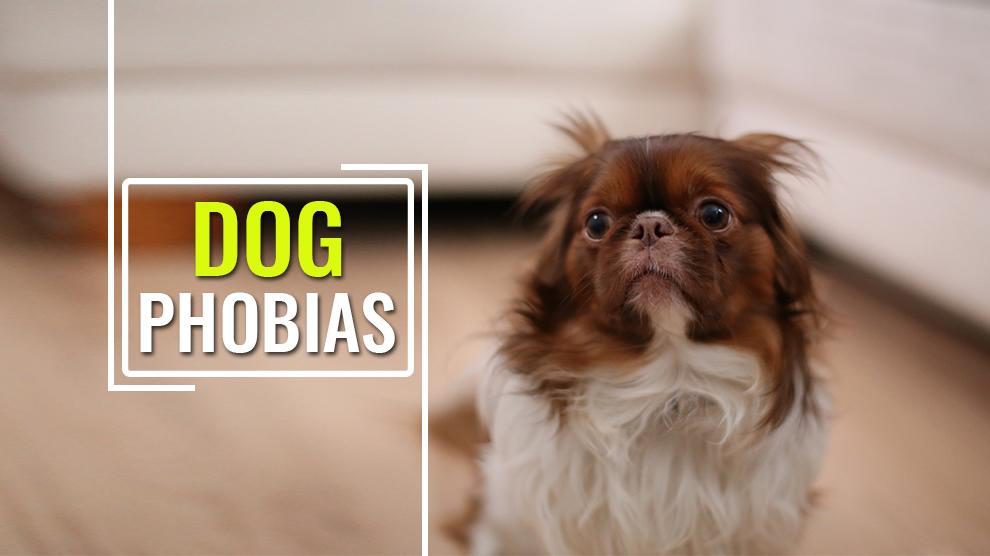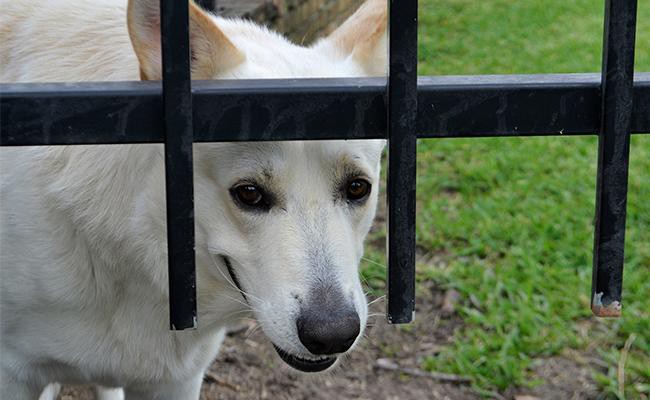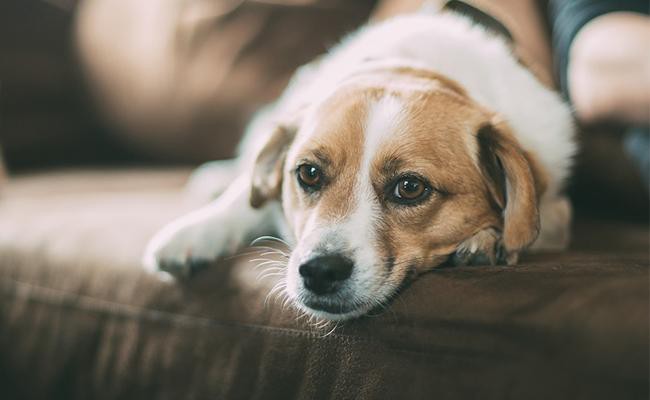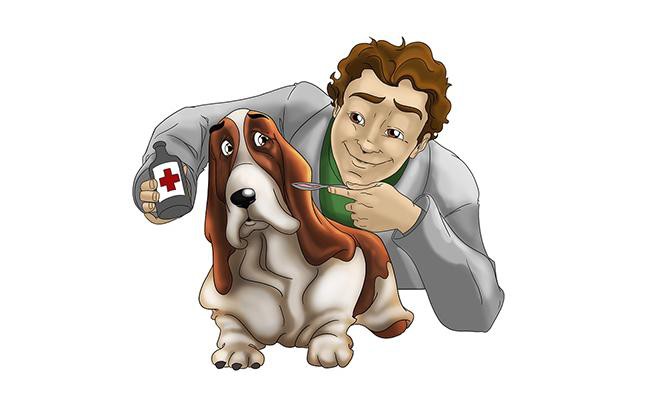Dog Pregnancy Calculator And Timeline
What are the common dog phobias? How to work with them? For some canine lovers, 4th of July in the United States signals a busy day of fearful dog companions.
There are plenty of things a responsible pet owner can do to guide their canine handle phobias and fears.
Let us understand some of the well-known dog phobias and learn how to guide the canine to relieve them.
Main Difference Between Phobia And Fear In Dogs
According to experts, “ It is not abnormal for dogs to express fear.” Fear, is according to some people, is a proper defense mechanism. There is no need for anyone to remove it completely.
Wild canids and wolves rely only on fear to stay alive. But, when something fearful happens, we have to intervene.
Canines express or communicate fear in various ways. These dogs may show signs such as fear reactivity, hide, cower, bark, whine, howl, pace, or shake.
At what time will you know your dog’s well-known fear has turned into a phobia?
Phobia refers to a persistent, intense fear that happens when a canine encounters something abnormal. One such example is a thunderstorm. Many canines can even expect it. Phobias, in general, cannot always guarantee a rational response.
Phobias may be the end result of accumulated fearful experience. In canines, it takes one bad experience to feel threatened.
Popular Phobias In Dogs
There are actually different types of phobias seen in canines or vet practices. They include-
-
Fear of Unknown Persons
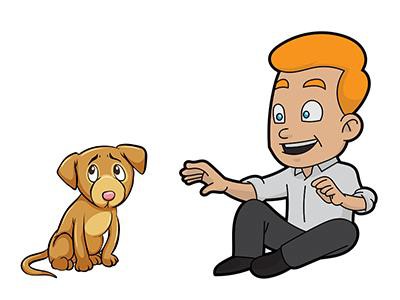
Some canines develop a strong fear of strangers after a horrifying experience. Canines rescued from torturous homes often suffer or undergo such a traumatic experience. These experiences can cause reactive behavior.
This phobia can include a strange fear of bulking clothing and people wearing hats. Some dogs are afraid of other dogs as well.
-
Situational Phobias
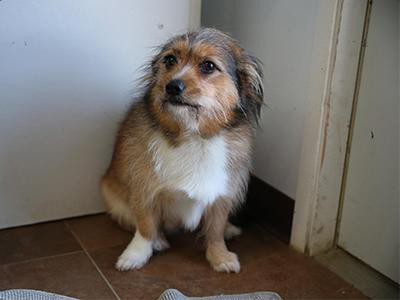
In dogs, the most common form of a situational phobia is separation anxiety. Canines with this problem will find it hard to digest that their master will return.
These dogs may show signs of destructive behaviors like barking, relieving themselves in odd places, or chewing.
-
Blood Injection Phobias
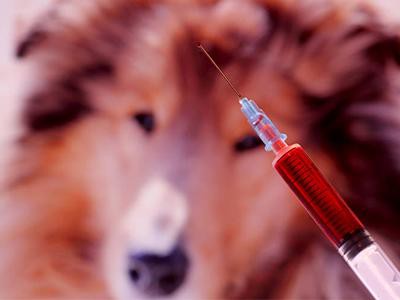
Many people suffer from a fear of surgical needles or blood injection phobias. Some dogs do not realize that a visit to a vet clinic is actually in their interest.
Many of the things around these vet visits, such as the presence of other sick animals, strangers, new locations, car rides, and feeling sick can convert this fear into phobias.
-
Sound or Noise Phobias
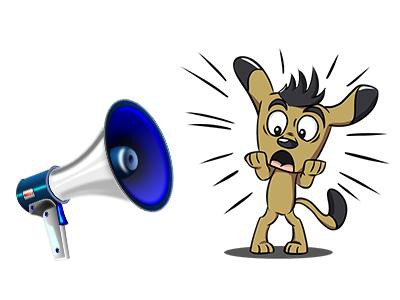
Many canines suffer from fear of sounds like firecrackers, gunshots, and thunderstorms.
Scientists are now claiming that sound phobias pass through genetics. Herding breeds are more sensitive to sound phobias.
-
Fear of Objects

Many canines develop or imbibe a fear of objects. It could be any or all these objects-
- A child’s toy
- Holiday decorations
- Vacuum cleaner
In some cases, this could be serious. For example, if your canine hides or refuses to walk or trembles with fear, you talk to your local vet. In this case, you should introduce your canine to objects he wishes to avoid in a happy way.
-
Fear of Children
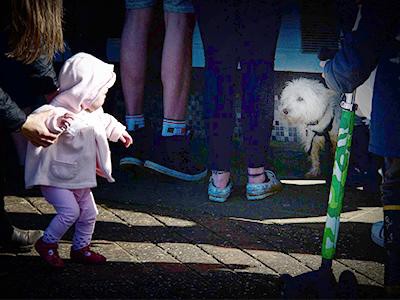
Canines develop or suffer from fear of kids for plenty of reasons. One reason could be a lack of early socialization training. It’s not rare for people to own a pet before rearing children.
Unless you take home a puppy, your pet may fail to get a chance to move with them. Many dogs have bad experiences with kids.
While a kid’s intention may appear good, a canine may misread signs of affection as a threat. Dog lovers who are always dealing with this kind of pets should contact a dog behaviorist to clear this phobia.
-
Fear of Men
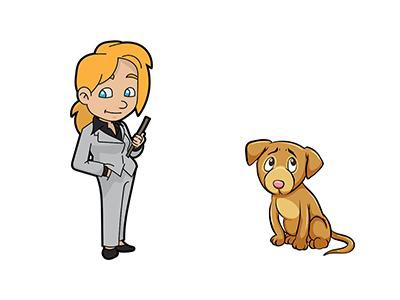
Many dogs are afraid of men. As per reports, while in certain cases, fear of men may occur due to abuse at home or lack of socialization.
Canines who are fearful need a clear in a safe way.
Bear in mind that these dogs may bite someone, snap, or growl as a part of this fear.
-
Fear of Going Up or Down Stairs
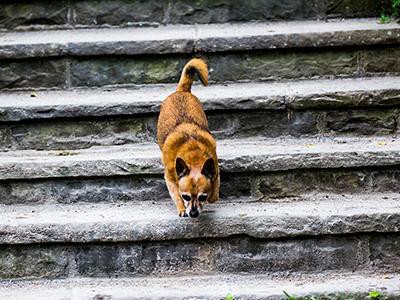
A canine owner may not know his pet has a strong fear of climbing the stairs until his dogs stop as they near a flight of steps.
This fear occurs due to insufficient training or improper socialization skills.
A canine who is afraid of steps may develop a phobia when he faces a stairway in life.
Some canines come out of this phobia by playing a game involving climbing the stairs to and fro.
Other canines may want to learn to use stairs, step by step.
-
Fear of Riding
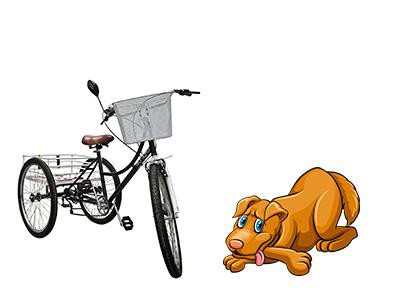
Many dogs are afraid of riding. The fear happens due to lack of early socialization or bad experiences with traveling in the car.
It is simple to handle your dog’s phobia by using praise and treats to push your pet into the car.
-
Fear of the Veterinarian
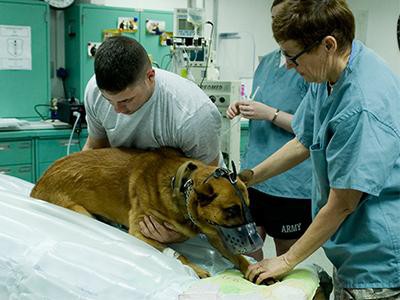
It’s not rare for canines to be frightful of meeting the veterinarian. A canine’s first vet visit involves getting vaccinations, a strange smell, and so on.
It’s no surprise pet can become worried about a visit to the vet.
If the dog is free from other fears, that can be handled by visiting the vet for a social visit.
-
Fear of Thunder
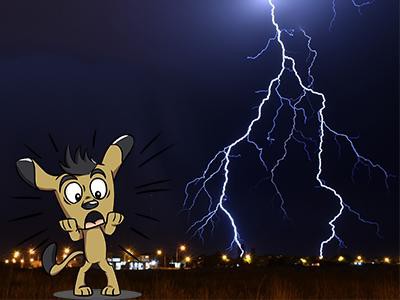
Astraphobia is all about fear of thunder. This is quite a common fear in dogs. The percentage of fear can vary between dogs.
Some dogs may have a slight fear of thunder.
In these cases, a canine may tremble. Some dogs may exhibit a tucked tail and flattened ears during a heavy downpour.
Other canines may display more fear which causes problems such as losing control of their bladder or bowels.
Canines may be capable enough to smell a thunderstorm before you actually witness it.
This is the main reason dog parents report seeing their pets become uneasy and show signs of fear.
Dealing With An Anxious Dog
Living with an anxious dog can be disastrous and stressful. Treating dog fears takes time, patience, and consistency. This can become impossible when incessant barking angers landlords and neighbors.
The most annoying thing is the fear of an imminent dog bite.
Steps to handle fear or anxiety in dogs
- A quick visit to the vet at the earliest
- Phobias can become worse with time. Some phobias without any help on their own
- Extra new phobias are also not ruled out. Hence, vets call for quick and appropriate action
- Contact board-certified animal behaviorists
- These techniques help dogs treat their fearful behavior
- There are medications to relieve distress
- Most drug therapies suggest behavior modification
Behavior Modification
Behavior modification includes owner behavior and dog behavior. Some pet owners induce their pet’s phobias, enhancing undesirable behaviors.
Restraining your dog and yourself to new behavior changes takes patience and time. This is by contacting a veterinary specialist.
Some canines can learn to guess a stressful situation.
Basic obedience training increases confidence in frightened dogs. It is a nice technique for redirecting behavior, like forcing a dog to touch, stay, or sit during a triggering situation.
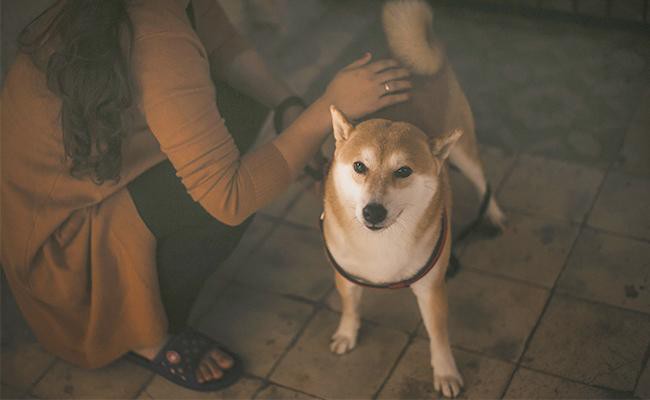
Vets recommend a constant pressure like using a Thundershirt or patting the dog.
Planning well-ahead is a crucial part of altering behavior. Most fears are predictable. American Independence Day falls on the fourth of July every year.
Masters of canines with even a slight fear of thunderstorms can track the weather report.
Drug Medications
Some canines learn to handle their fears through behavior modification. In some cases, vets suggest anti-anxiety medications.
Always talk to your vet before giving any medication. The main purpose of giving drugs is to reduce the phobia and not sedate your dog.
Every canine is special. What works for a canine may not actually work for another. It takes some research to complete what plan will work for your pup.
Fearful dog behavior is not a strange disorder, and you are definitely not alone in treating it.

